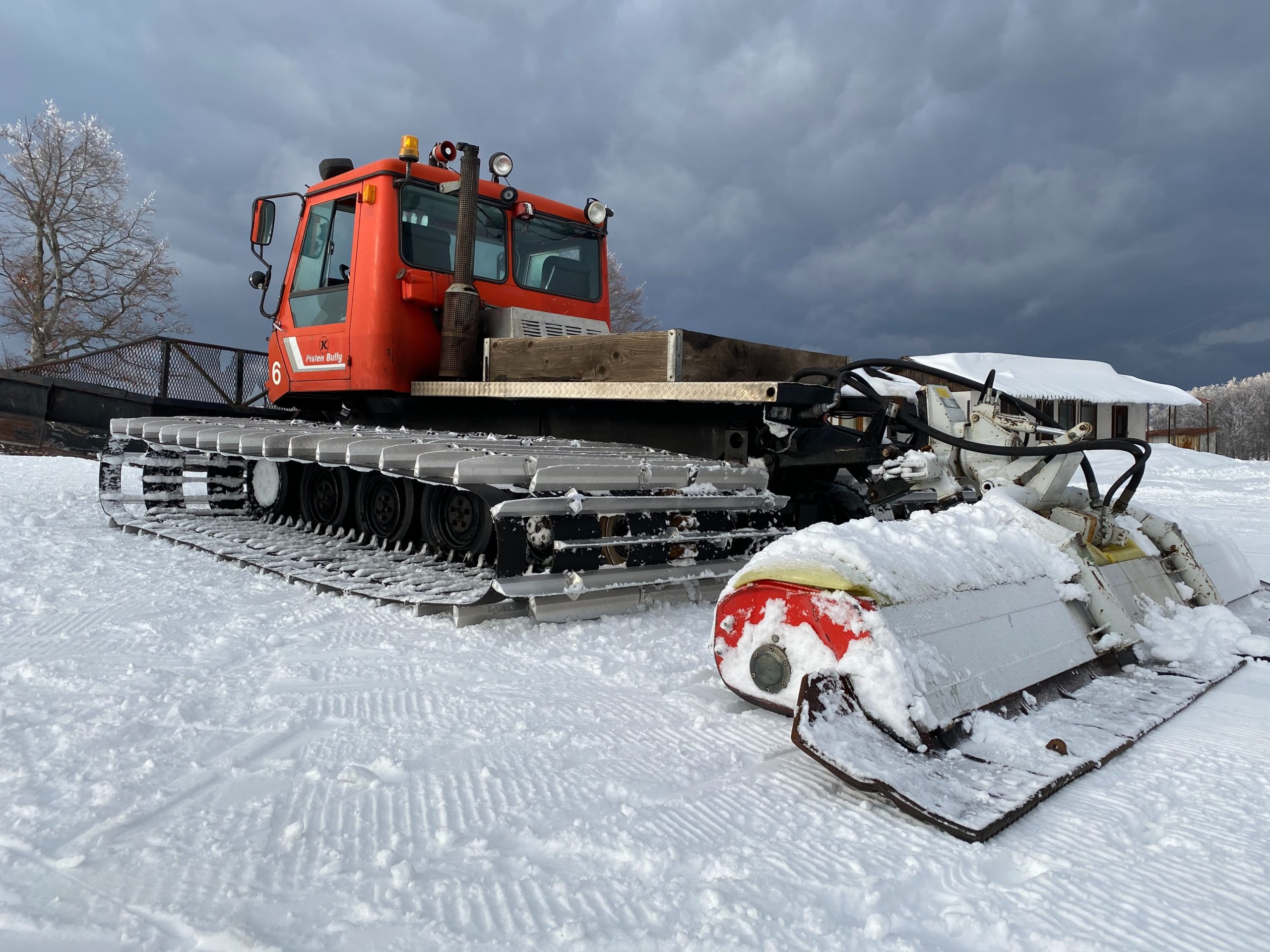
Construction is an essential industry for our communities and region. Construction crews work hard all year round to keep projects moving forward on time and without injury. Part of the preparation for winter’s work requires knowing and understanding what’s possible and taking active steps to stay safe at work. Safety is the priority on every job site. Read up on these wintertime challenges and be smart about your preventions to keep yourself and those around you as safe as possible.
Trench foot:
Trench foot, also known as immersion foot, solely affects the foot after prolonged exposure to cold and wet conditions. Symptoms include redness, swelling, numbness, and blisters.
Hypothermia:
When suffering hypothermia, the body’s temperature drops to 95°F or less. Symptoms can range from a total stop in shivering and slower breathing all the way to confusion and slurred speech.
Frostbite:
Frostbite occurs when body tissues freeze. But, believe it or not, this condition can occur even when outdoor temperatures are above freezing due to wind chill. When an individual has frostbite, they might experience blisters, numbness, and reddened skin with white/gray patches.
With symptoms such as these, it’s no wonder that OSHA highly encourages specific steps to keep everyone on the jobsite safe and healthy all winter long.
How to protect yourself on the jobsite:
- Hydrate throughout the day with warm, sweetened drinks except alcohol.
- Wear the proper protective clothing. Stick with layered, loose-fitting clothing as well as insulated and waterproof outerwear like gloves, hats, jackets and boots.
- Footwear is especially important. We highly recommend wearing multiple layers of socks in leather-topped boots with removable insoles for cold and wet winter days.
How to support others on the jobsite:
The best way to help your fellow teammates on the jobsite is to watch out for the symptoms associated with any of these diseases and spring into action when needed. When you see someone with symptoms of:
Trench Foot (or Immersion Foot):
- Help your teammate take off his or her wet shoes and socks.
- Allow the affected foot or feet to air dry in a warm area, elevated.
- You’ll want to keep your teammate from walking on his or her affected feet.
- Help your teammate get the proper medical attention.
Hypothermia:
- Prevent further heat loss by moving your teammate to a warmer place, get them out of any wet clothes, and cover his or her entire body with warm blankets and a plastic sheet of some sort, with the exception of the face.
- Call 911. If emergency services aren’t close by, give your teammate something warm and sweetened to drink and apply heat packs on places like the sides of the chest and neck.
Frostbite:
- Follow the same recommendations we shared for hypothermia.
- When helping your teammate, avoid rubbing, applying water, or rewarming the frostbitten area and breaking blisters.
- If your teammate is experiencing frostbite on his or her feet, as with trench foot, don’t let them walk on the affected foot.
- Once your teammate’s initial symptoms have been addressed, seek out medical attention to prevent further issues.
Let’s all have a safe, productive season with these winter worksite tips. Stay warm, everyone!
Photo by Timitty Tom from Pexels